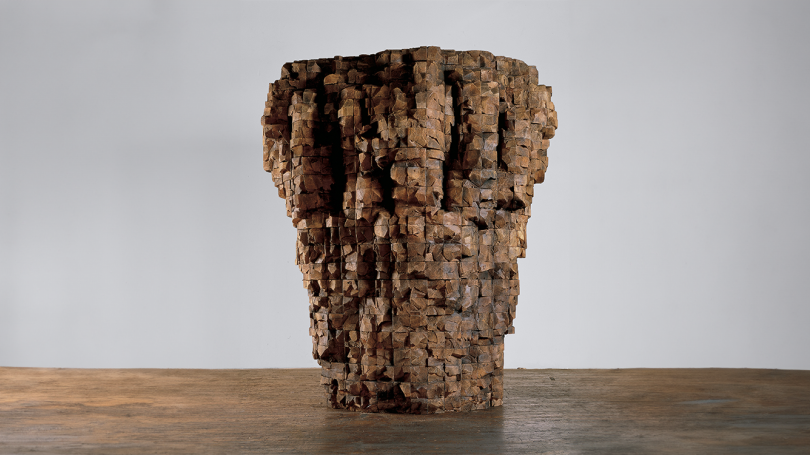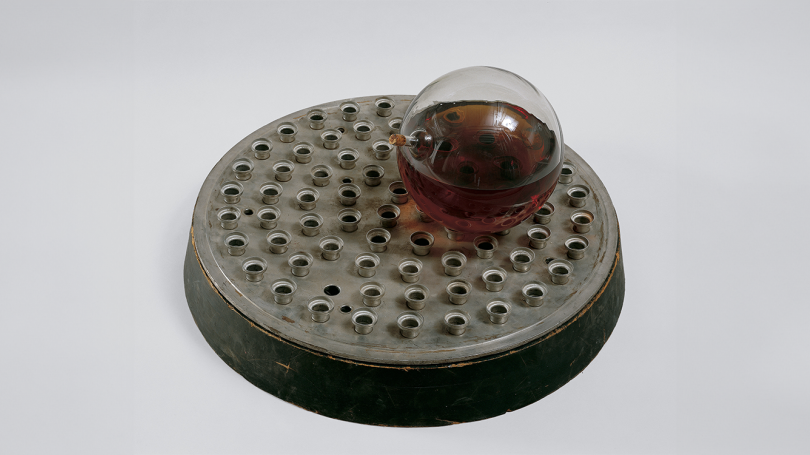AMELIA KAHL
Barbara C. and Harvey P. Hood 1918 Curator of Academic Programming
NEELY MCNULTY
Hood Foundation Curator of Education
Hood Quarterly, summer 2024
rs29387_2006-15_002.jpg

How do you encounter an exhibition? How does the exhibition environment impact your experience? What do you expect from a museum visit? These are some of the questions that shaped the curatorial choices and exhibition design in Immersive Worlds: Real and Imagined, the first Hood Museum exhibition co-curated by the curators of education and academic programming.
This exhibition is designed to invite active participation. Although traditional sources of information, such as object labels, will still be available, visitors are encouraged to engage in creative thought and action. Original poems, written by local poets, will encourage audiences to consider alternative ways to respond to visual art and may serve as catalysts for creative writing. Visitors will be able to write and draw personal, creative responses at a writing table set for one. Here, in a quiet corner of the gallery, they can reflect on their own experiences and share them with friends and family by writing a postcard that the museum will mail. There will also be the opportunity to consider how scent can impact one's visual experience. Immersive Worlds integrates art into a sensory environment to bring out the suggested universes that artists create, then prompts visitors to create for themselves.
The exhibition consists of works from the Hood Museum's permanent collection made from the mid-20th century to the present. Featuring a wide range of materials and artistic practices, Immersive Worlds presents pieces that are either entirely abstract or figural in dialogue with abstraction. The dreamy pastel palette of a Dorothea Tanning mythological painting mingles with the poured surface of a Helen Frankenthaler canvas. A richly red and craggy planet in Jane Hammond's work contrasts with the tactile surfaces of Ursula von Rydingsvard's large-scale sculpture. Alma Thomas's abstract concentric circles confront the physicality of David Driskell's work in which he attaches literal chair parts to the canvas. In an adjoining gallery, Jennifer Bartlett's Fire Table juxtaposes a painted table with a physical one that has seemingly emerged from the canvas, again playing with the tension between the represented and the actual. The exhibition culminates with Alison Saar's prone figure reclining next to an elaborate ceramic installation by Sana Musasama. This space invites visitors to meditate on the relationships between the natural world, the human body, and abstraction.
In Immersive Worlds, visitors can leave behind everyday routines and move into a contemplative, creative, and sensory space in which they are encouraged to wonder, to wander, and to respond personally. How can art transport us and inspire us to relax, to escape daily stresses, and to access our creativity?
Immersive Worlds: Real and Imagined is organized by the Hood Museum of Art, Dartmouth, and generously supported by the Hansen Family Fund.


